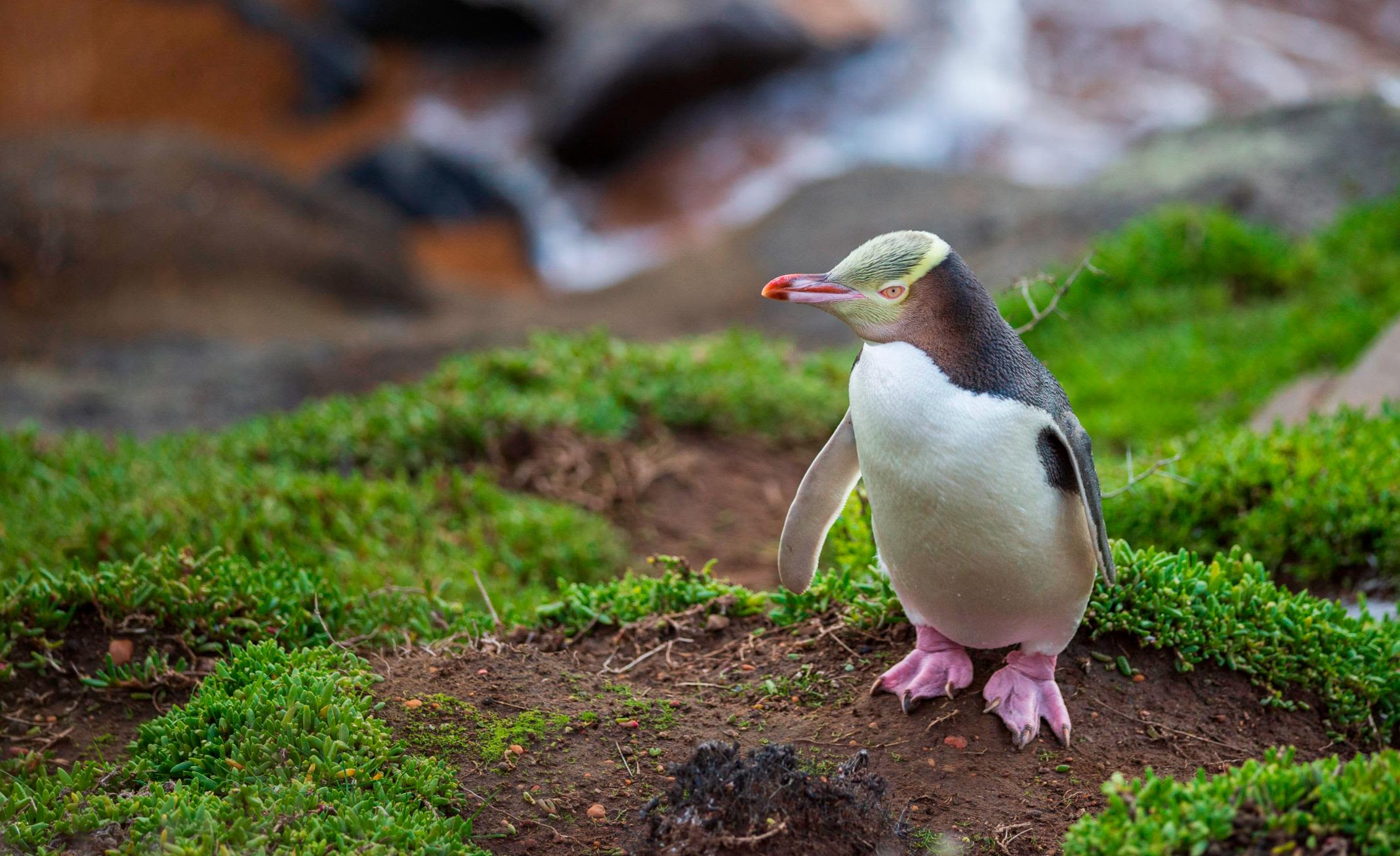
The yellow-eyed penguin -- known as hoiho, which means "noise shouter" in Māori -- is one of the most endangered penguin species in the world. These rare birds are under growing pressure from predators, climate change and disease -- but conservationists in New Zealand are trying desperately to save them. Look through the gallery to learn more about the hoiho.
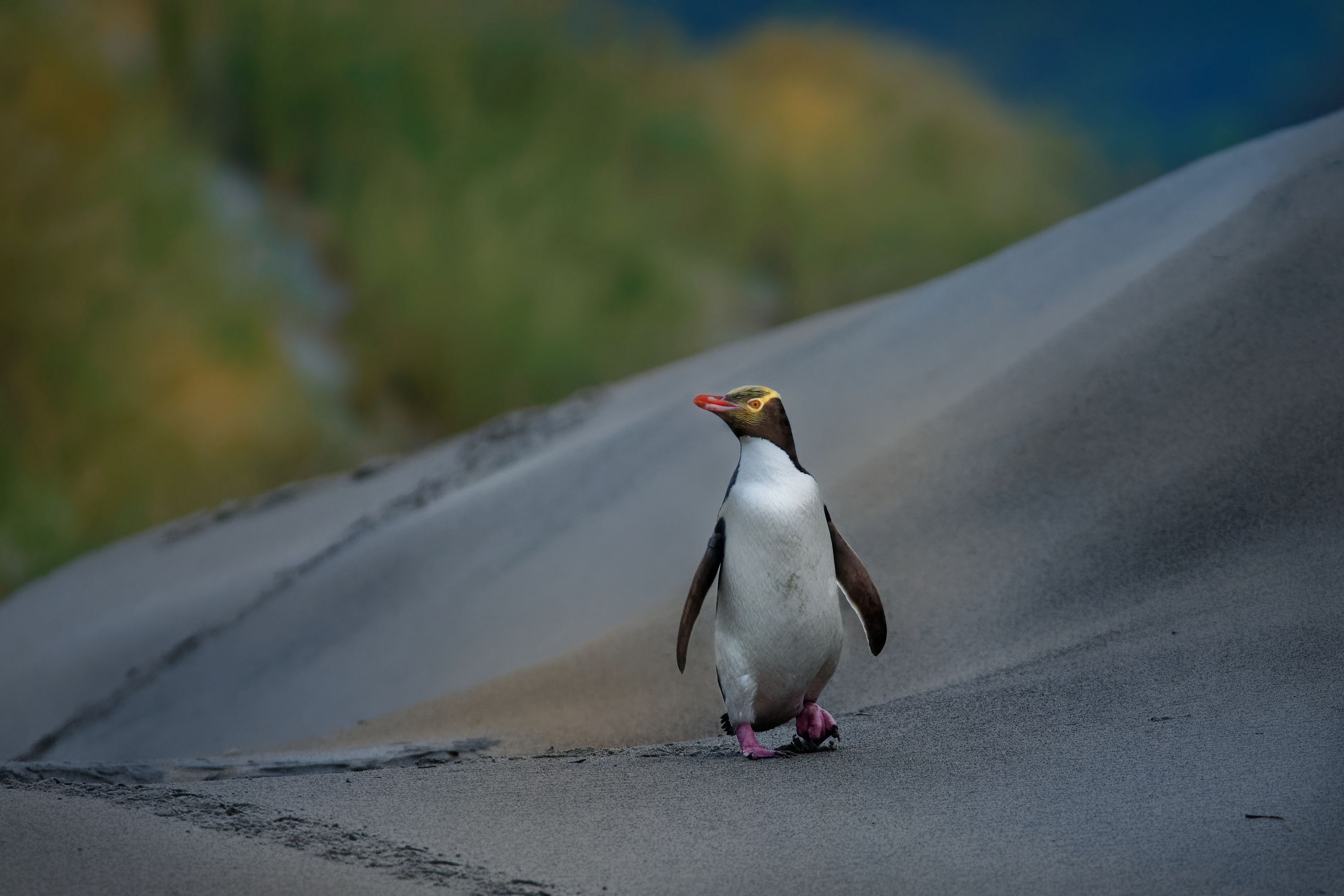
The world's only solitary species of penguin, hoiho are found only in New Zealand's south island and its sub-antarctic islands. It is estimated that just 3,000 mature individuals remain in the wild. On New Zealand's mainland, the colony comprised just 265 breeding pairs in 2019.
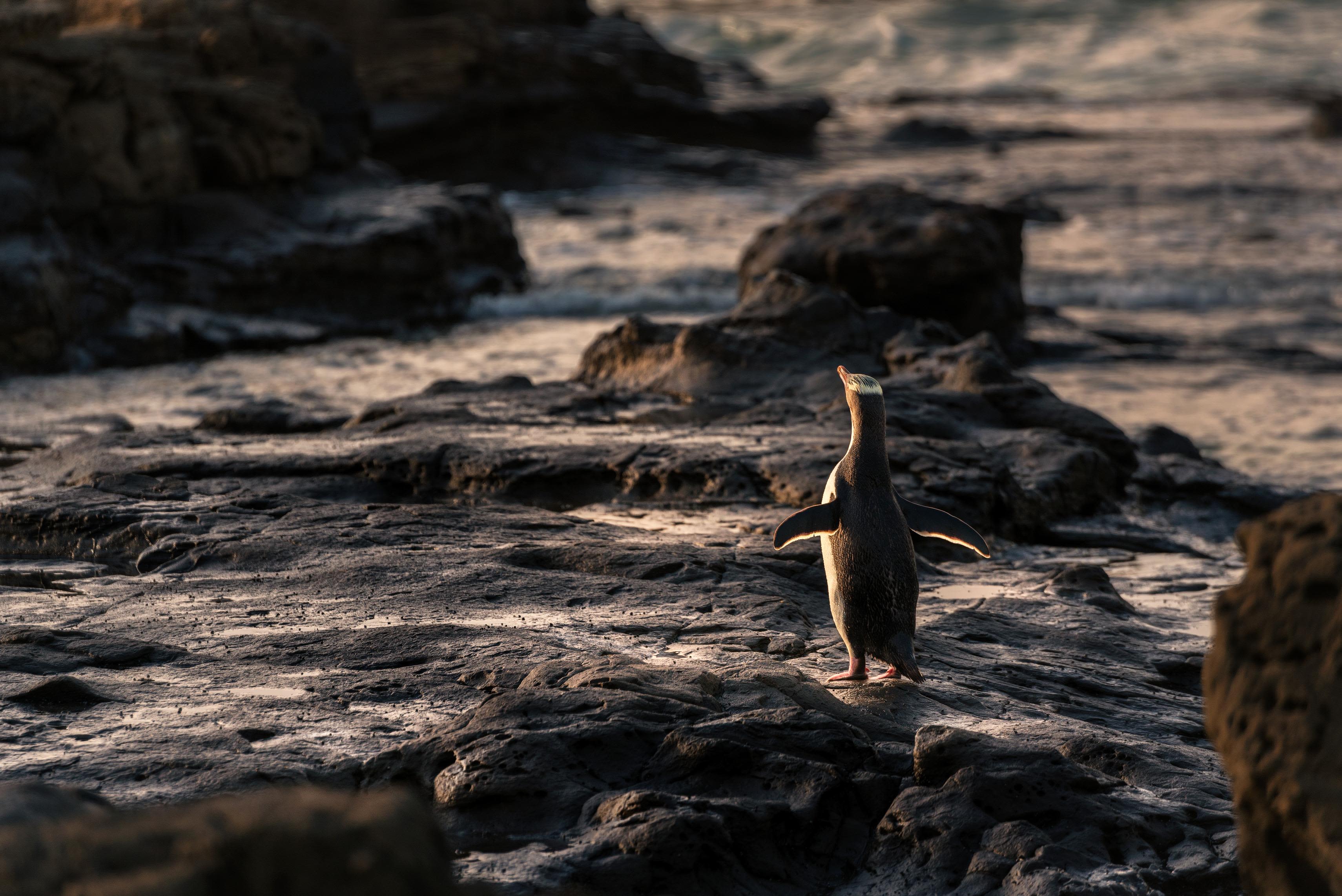
Hoiho are excellent swimmers, and can travel up to 60 kilometers (37 miles) offshore to search for small fish like sprat, silverside and blue cod, as well as squid. They can dive up to depths of 150 meters (492 feet) below the surface, although they tend to stay in shallower waters and closer to shore during the breeding season, when they have to return frequently to feed their young.
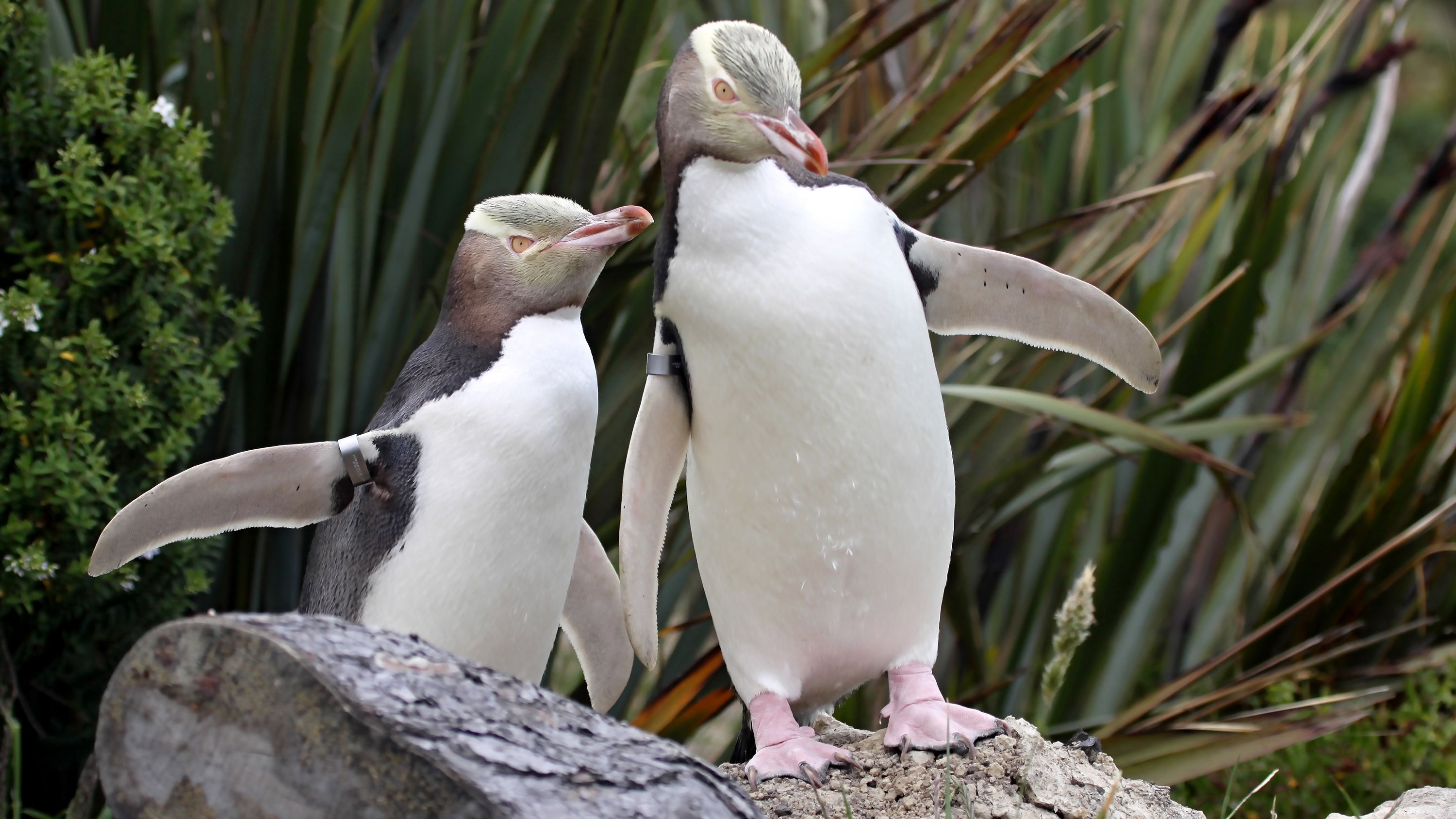
Recently, the hoiho have faced increased challenges due to climate change. Fluctuating sea temperatures have altered the distribution of their food, and rising temperatures on land leave them stressed and overheated. Overfishing has also impacted the availability of the fish they eat, and the penguins have even ended up in fishing nets as bycatch.
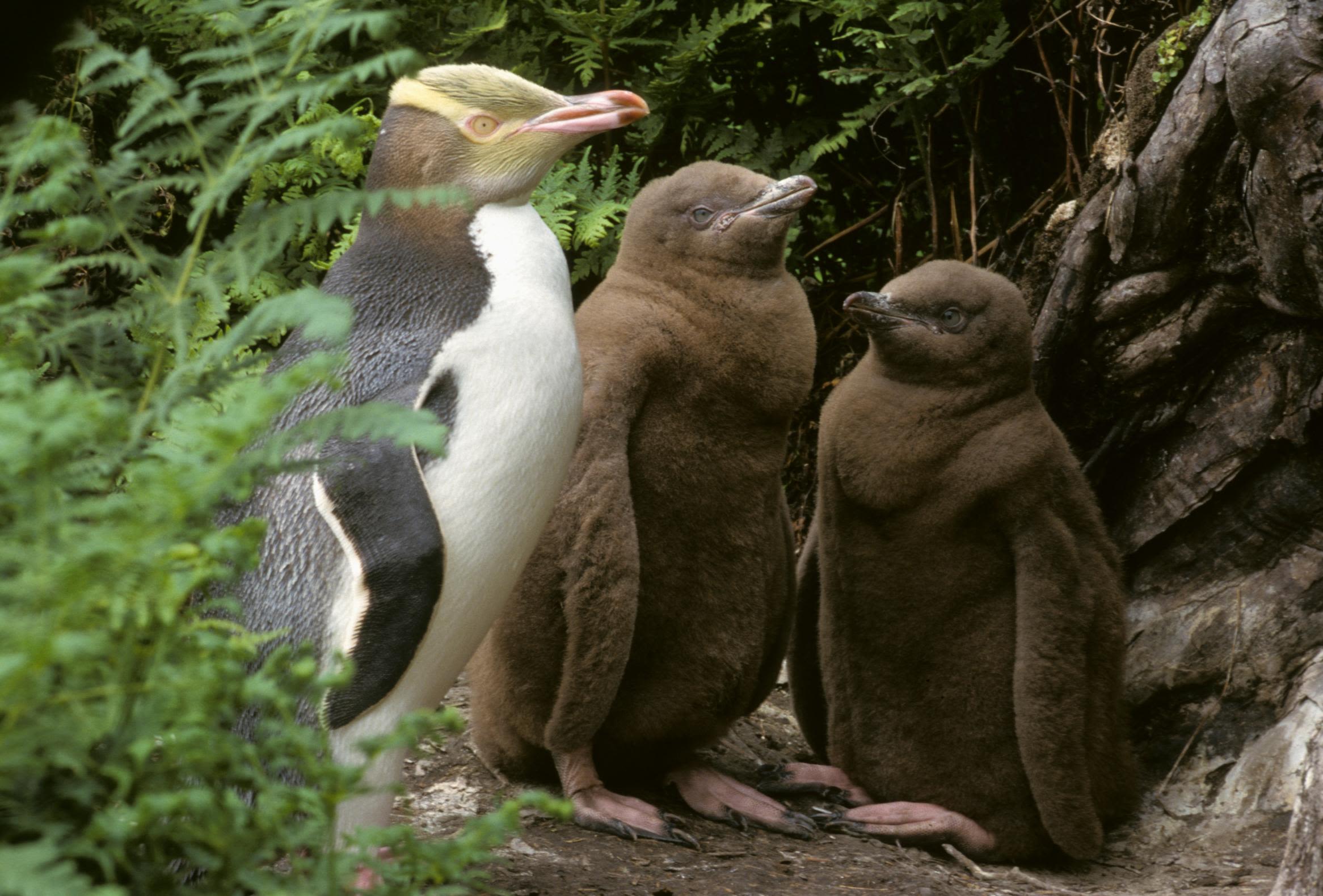
Disease is another problem for the hoiho, and chicks are particularly vulnerable to sicknesses like avian diphtheria. Hoiho lay two eggs each breeding season but will only raise both if it's a good year with plenty of food. Currently, less than 20% of the chicks survive to maturity. But conservationists are hoping their interventions can turn things around.

At Penguin Place on the Otago Peninsula, New Zealand, conservationists help sick and starving birds recover. Hoiho make up 98% of the birds that pass through, says Jason van Zanten, conservation manager at Penguin Place.
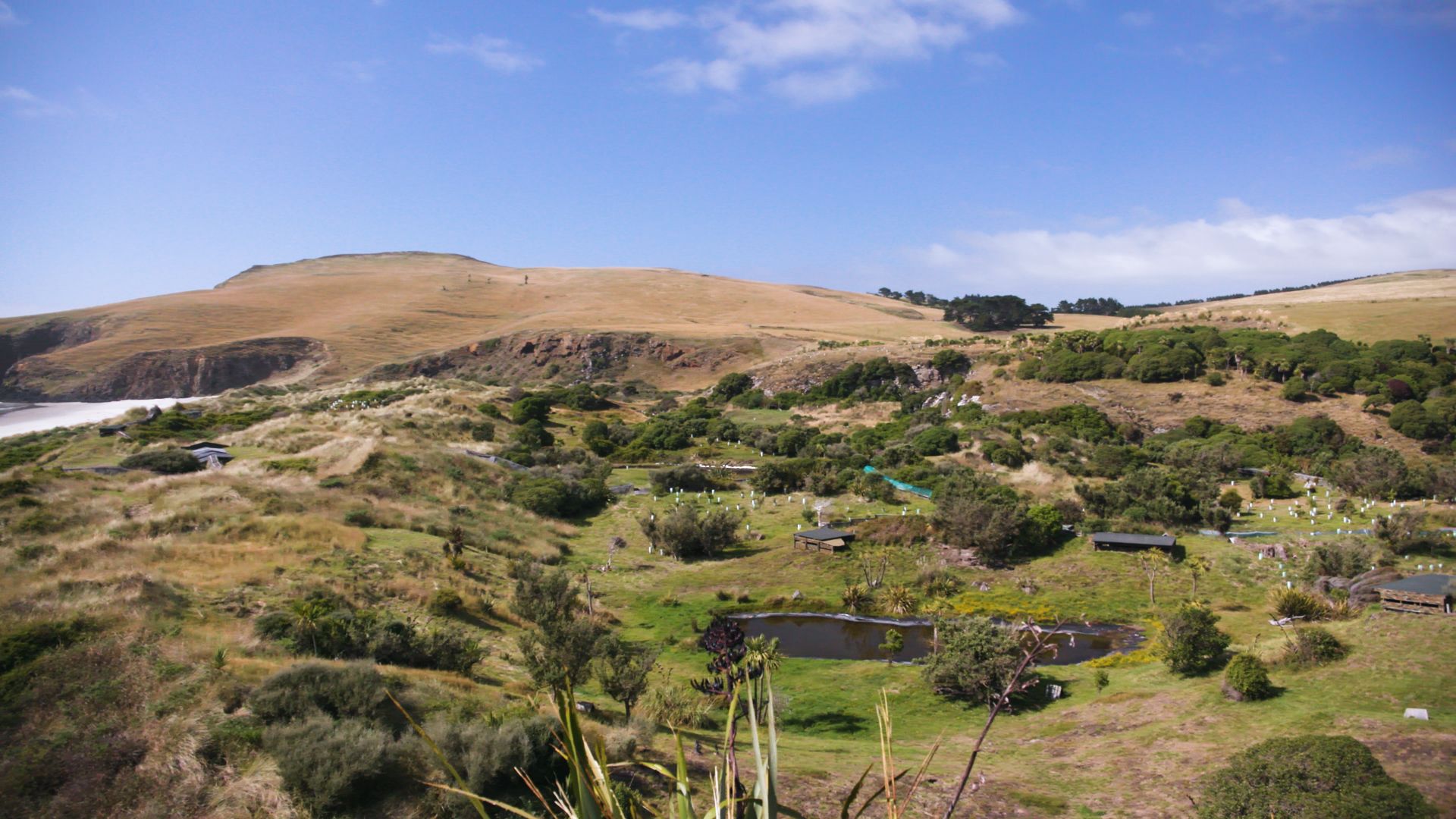
Penguin Place was founded in 1985 when local farmer Howard McGrouther fenced off around 150 acres of his land to create a private wildlife reserve (pictured). Once penguins are well fed and recovered from starvation and disease, they are released into the reserve where they can breed and nest in safety.
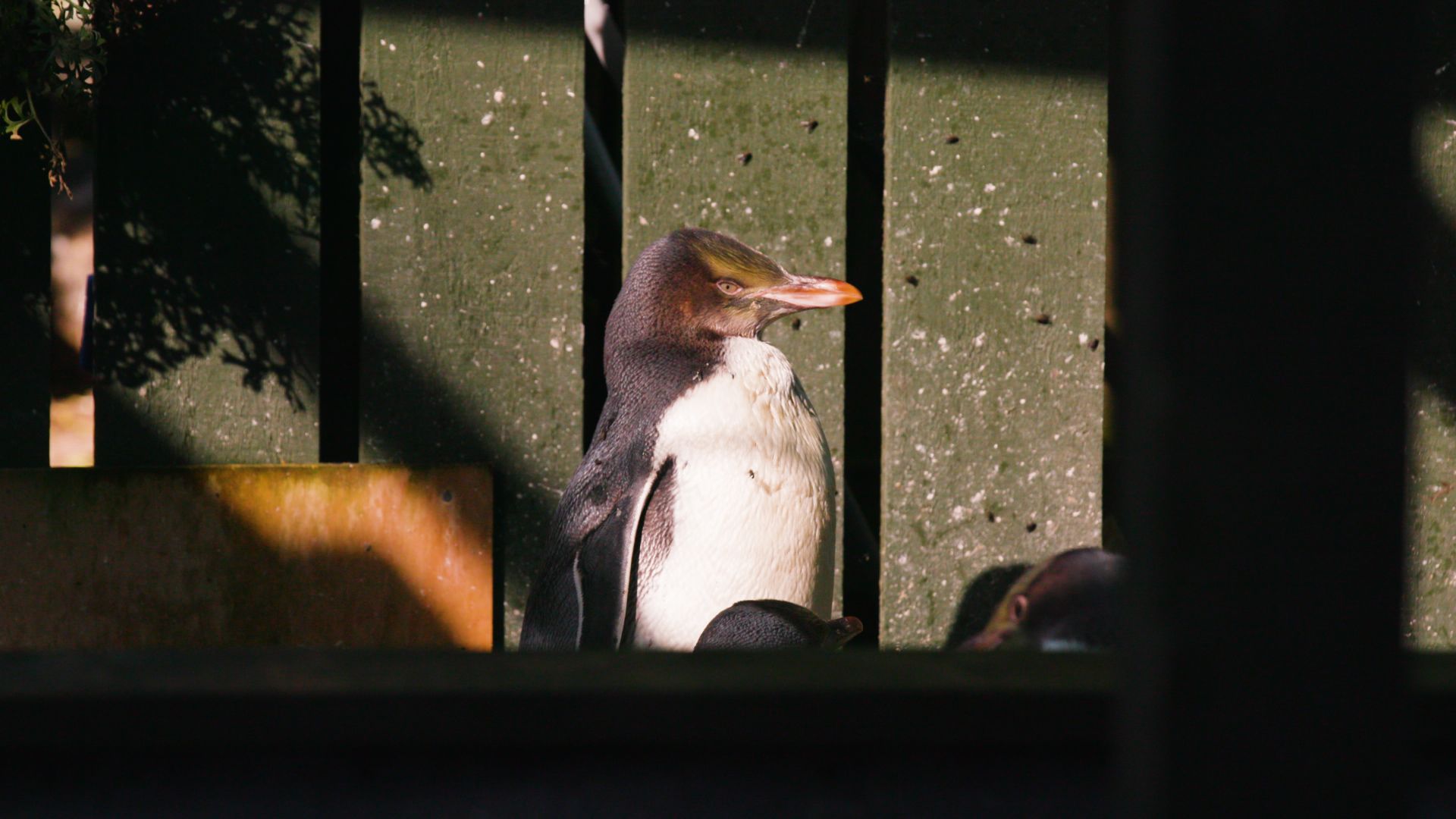
According to van Zanten, hoiho typically stay at the rehabilitation center for around two weeks. The birds live in small enclosures adorned with rocks, wooden blocks and shelters for them to hide and play, and are fed small fish twice daily to fatten them up before they are released back to the wild.
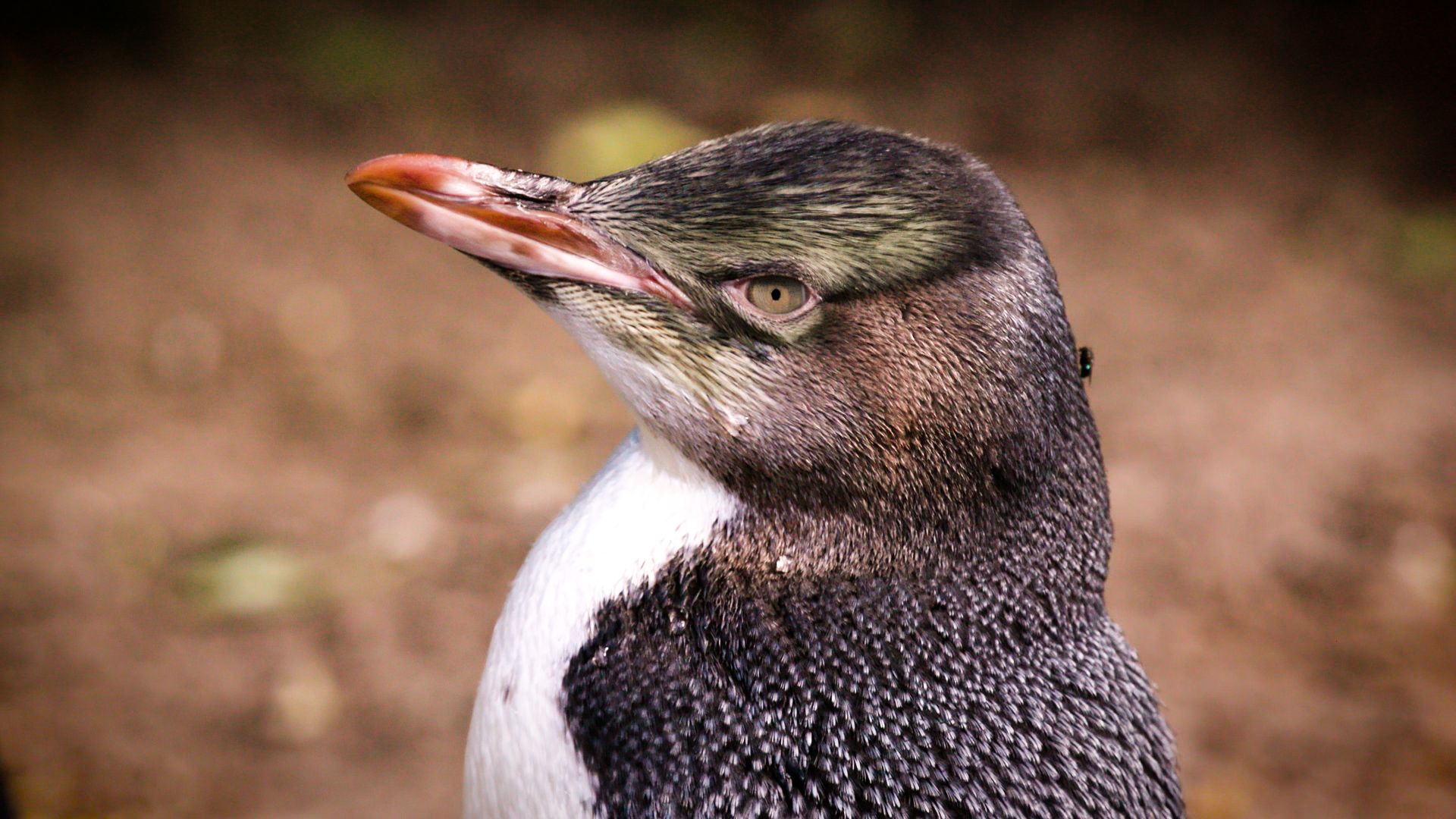
Hoiho have many predators in the wild, including dogs, stoats and foxes on land, and sharks, barracouta and sea lions in the ocean. If hoiho come to Penguin Place badly injured, they are sent to The Wildlife Hospital, Dunedin, where senior wildlife vet Lisa Argilla and her team treat hoiho, as well as other birds and wildlife.

Penguin Place was funded entirely by tourism until the Covid-19 pandemic, when it had to close to the public and was granted government funding through the department of conservation, says van Zanten. Now reopened, its tours use a network of camouflaged, hand-dug tunnels (pictured) so that tourists can spot the hoiho in their natural habitat without disturbing them.


